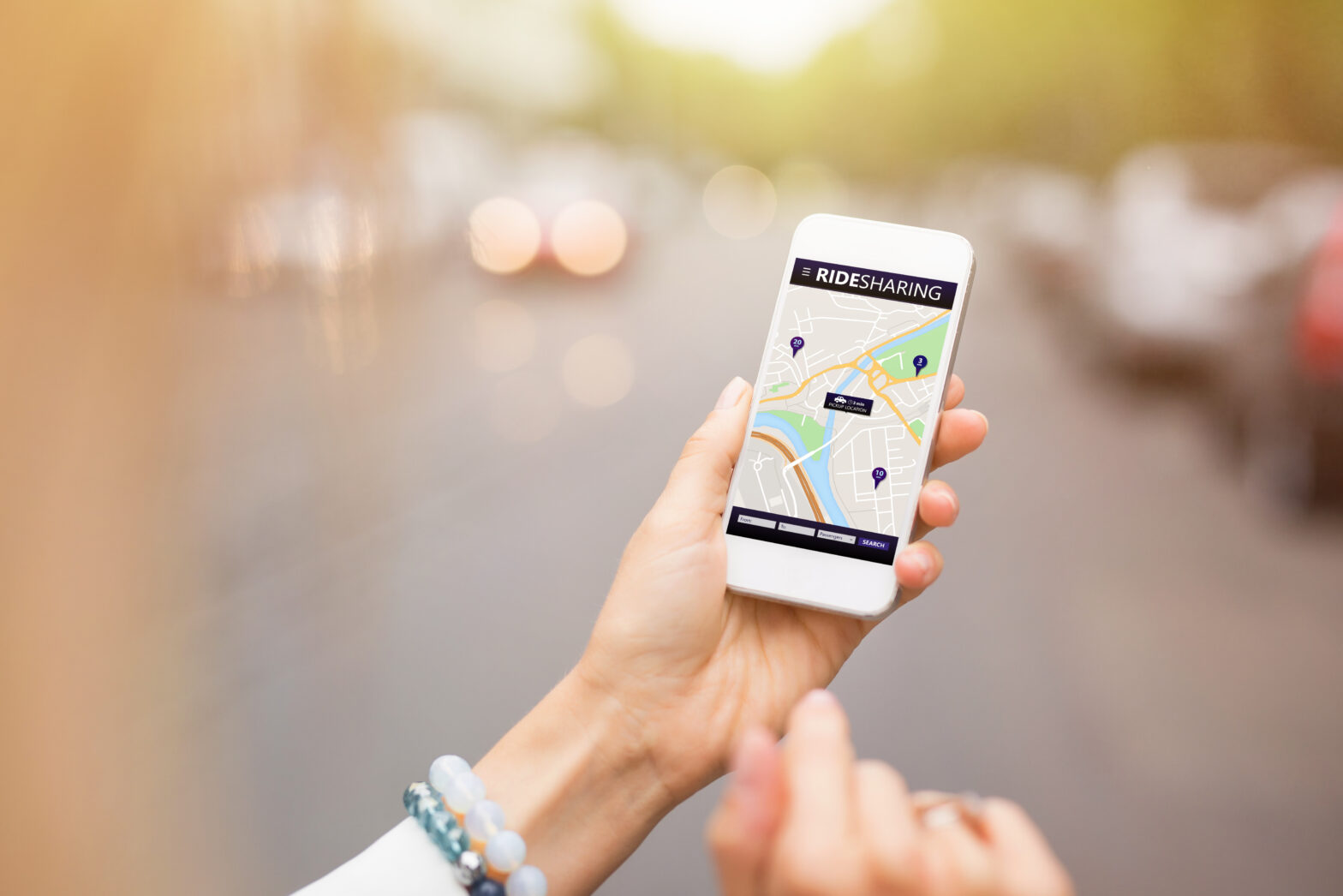Whatever your point of view on Transport for London (TfL’s) decision not to renew Uber’s licence to operate in London, this latest setback suggests that even by its turbulent standards, one of the world’s fastest growing start-ups is not having the best of years. As Uber’s new incoming CEO Dara Khosrowshahi acknowledged with an unusual and welcome apology, “we’ve got things wrong.”
Cutting through all the opinions and controversies about Uber, a key source of unease – underpinned by the start of its appeal against giving UK drivers workers’ rights – is the imbalance between the ride-sharing app’s amazing promise and service to its customers, and what it’s like to be an Uber driver.
>See also: Despite the controversies, Uber’s revenue continues to increase
Yes, Uber offers its drivers a lot of flexibility – the chance to tide things over or to change direction by earning extra money in pockets of free time. Yet on closer examination, the “advantages” of being an Uber driver are superficial. When it comes to down to it, the liberating, game changing customer value proposition and the employee value proposition are spectacularly out of step for three key reasons:
1. Dark UX
The driver side of the Uber app is geared to maximising the amount of time and the number of unsocial shifts its drivers are offered. While this helps Uber to ensure that the supply of available drivers can meet demand, it can also make for a very guilt-heavy and stress-inducing user experience. The design industry calls this phenomenon ‘Dark UX’.
2. It’s all on you
It’s increasingly difficult for Uber drivers to make a living wage without working a very long working week. Obviously signing up as an Uber driver is a choice; however, when the risk – from insurance through vehicle leasing to obtaining medical certificates – is all carried by the driver as an ‘associate’ then it does seem like a harsh existence.
>See also: The Uber-fication of everything: how Uber changed the world
The legalities of Uber drivers’ self-employed status aside, why is the gig economy heading in a direction where hard work is neither adequately compensated nor offers any real potential for progress?
3. And you’re obsolete
As the company races towards self-driving vehicles, Uber’s whole business model of having drivers has an inbuilt shelf-life. Sure, this won’t happen overnight, and given Uber’s rapid expansion into new markets there’s a huge need for human drivers in the meantime. But the future of the brand as a driverless car service offers a demoralising outlook for drivers who comprise the backbone of Uber’s business. Especially when you consider that the company’s head-start in launching a self-driving car service is enabled by data about road and driving conditions collected from their drivers.
In today’s economy of high tech valuations, low employment and self-determined futures, all underpinned by automation, we need to strive towards a better social contract where people’s work is valued. Ways to do this include:
• Collectively organising like-minded professionals across industries to better represent the realities of the digital workplace – a sort of trades union movement updated for the gig economy.
>See also: Uber loses its London license
• Finding improved ways to support the transfer of skills and ratings across platforms so that people’s reputations – good and bad – travel with them. This measure has the advantage that it could potentially address one of TfL’s concerns about Uber’s approach to driver background checks.
• Exploring a more equitable share of profits and wealth that extends beyond the tiny groups of people who are direct employees of the digital behemoths.
The very best places to work are those where there is a great customer proposition matched to an equally great employee proposition, in which hard-working employees understand how they contribute to the customer promise.
These employees in turn feel valued and empowered to contribute to the direction of the company which includes a future for them. Going forward, Uber and the other erstwhile poster kids for digital innovation, must take care to close this gap.
Sourced by John Oswald, global principal advisory for digital consultancy Futurice







